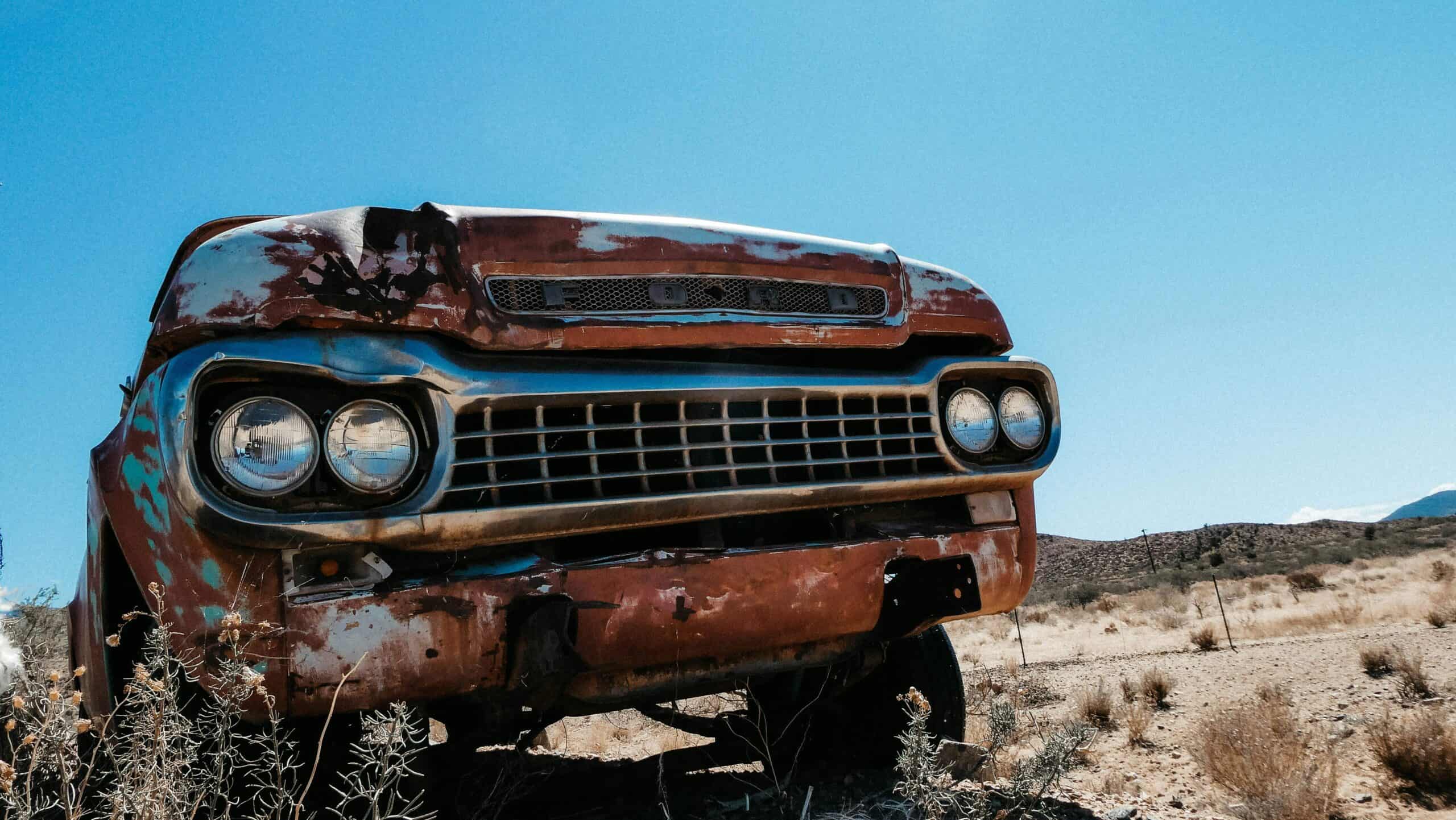A small Arizona town is pushing for restrictions regarding the repairs of inoperable vehicles. Gilbert, Arizona, just around 30 minutes southeast of Phoenix is making headlines for many car people. The city, with a population of around 300,000, is torn between making the drastic changes to their city laws and fighting against these bills. With this, the city joins the ranking of other cities found in Maine and Massachusetts who are in the midst of “right-to-repair” battles. But what exactly are they battling? Well, in Gilbert, they are attempting to establish limits against the length of time someone can have an inoperable vehicle on their property. This would apply to vehicles that are just sat there as well as ones actively being worked on. Drivers and classic car collectors are extremely upset with such a rule, feeling as though their rights are being infringe upon.
The rule ultimately boils down to aesthetics.
Many feel that the inoperable cars create unpleasant sights to see when people have them sitting in their yard/in front of their houses. Several community members in Gilbert have expressed personal beliefs that the “eye sores” of the vehicles make neighborhoods unappealing and drive away potential residents. However, there is little to no concrete evidence supporting that.
Nonetheless, the city is quite known for its harsher rules and regulations on the residents and their home care. The city’s Community Preservation Ordinance is notorious for its actions taken against resident behaviors that the group deems poor. This new proposal sent to the organization applies even to private property, even going as far as to applying it to backyards, which are not often visible to public view.
Supporters of the proposed rule claim it is an attempt at curbing the number of abandoned and unused vehicles.
Opposers of the proposed rule have to ask why that is necessary. They believe that if someone wants to have an unused vehicle on their property that is their prerogative. Regardless of personal beliefs on the matter, if the rule goes through there are more specific notions to be aware of beyond “no inoperable cars allowed.” Essentially, it would not actually create a ban. Instead, it would implement a rule stating only one vehicle of this nature is allowed and it must be completely hidden from view, either behind a wall or fence. There are a few exceptions to this, but only three exceptions would be allowed per year per person.




